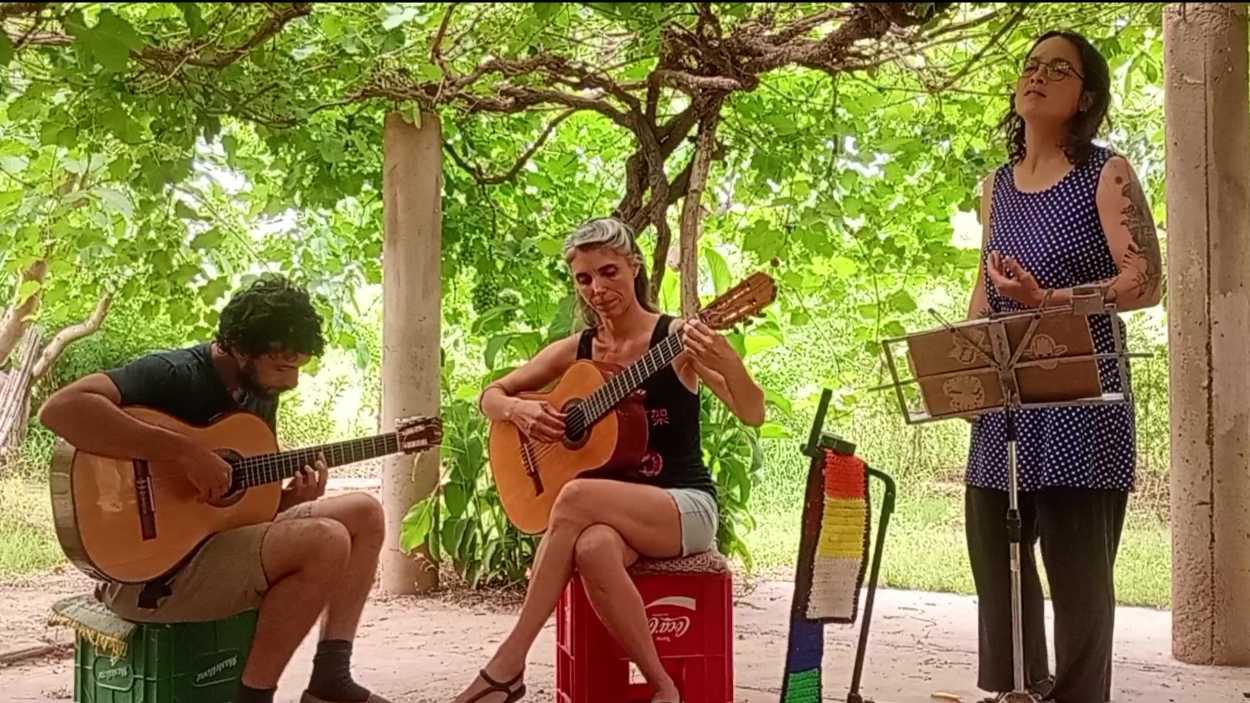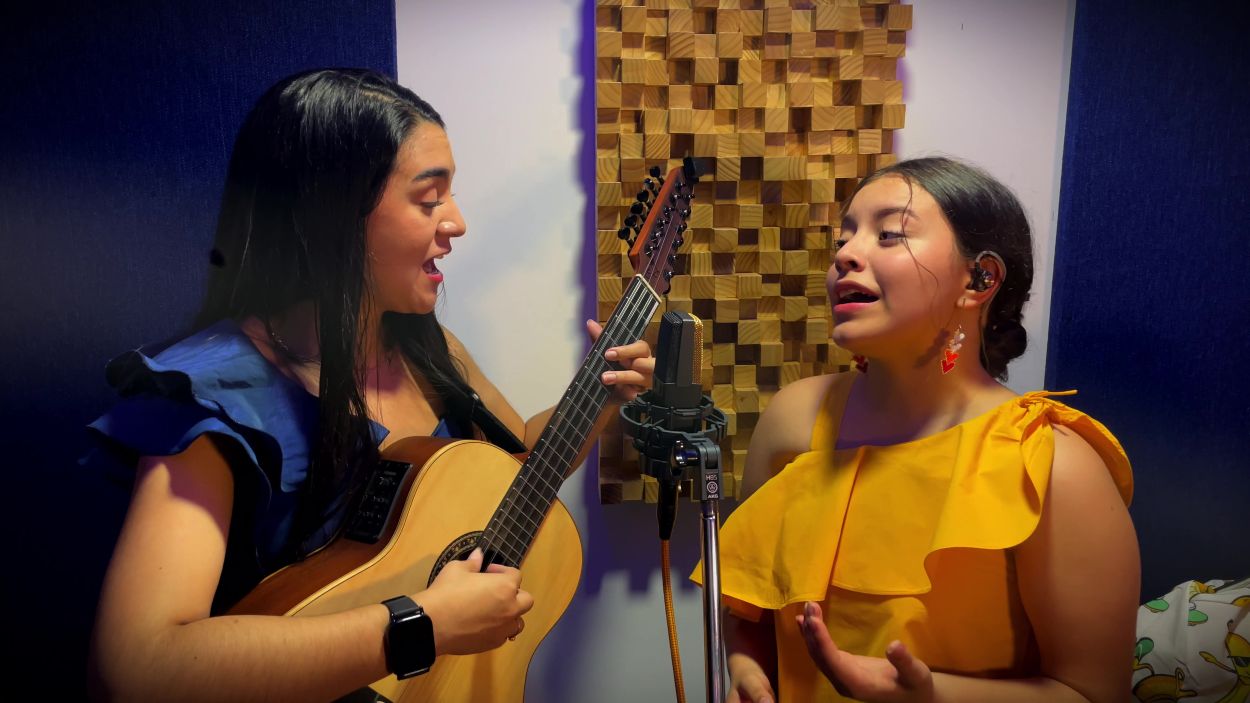The Metropolis in Latin America, 1830–1930 on View at the Americas Society
The Metropolis in Latin America, 1830–1930 on View at the Americas Society
The Metropolis in Latin America, 1830–1930, creates a rich visual narrative with the aim of providing an understanding of how this transformative period allowed for the emergence of a modernist architectural language.
Americas Society is presenting The Metropolis in Latin America, 1830-1930, an exhibition that explores the impact that a century of accelerated urbanization as well as political and social transformations had on the architectural landscapes of six Latin American capitals: Buenos Aires, Havana, Lima, Mexico City, Rio de Janeiro, and Santiago de Chile. Curated by Idurre Alonso and Maristella Casciato, The Metropolis in Latin America, 1830-1930 is on view at the Society’s Art Gallery from March 22 through June 30, 2018. The exhibition features rare maps, engravings, drawings, photographs, books, and videos that range from Hernán Cortés’ map of Tenochtitlán (1524) to Le Corbusier’s sketches made during his visit to Buenos Aires (1929).
Previously on view at The Getty Research Institute (GRI) in Los Angeles, as part of the Getty Foundation’s region-wide initiative on Latin American and Latino art Pacific Standard Time: LA/LA, The Metropolis in Latin America, 1830-1930 draws on the GRI’s collections to document how, over the course of one century, Latin American cities experienced rapid growth and sociopolitical turmoil that resulted in crucial modifications to city scale and architectural landscapes, creating the prime conditions for the emergence of the metropolis.
“The juncture that followed the processes of independence from Mexico to Argentina triggered a myriad of local initiatives that led to the re-organization of the cities from the newly freed republics to the nation-states before the Second World War,” explained Americas Society Visual Arts Director and Chief Curator Gabriela Rangel. “Metropolis is an effort that reveals the importance of archival research within a period that have been mostly overseen in the U.S. scholarship on Latin America. After Americas Society’s exploration of the emergence of midcentury modern design through our 2015 exhibition MODERNO: Design for Living in Brazil, Mexico, and Venezuela 1940-1978, we aim to present a previous step in the configuration of modern impulses and projects for the urban environment in small cities and big capitals.”








